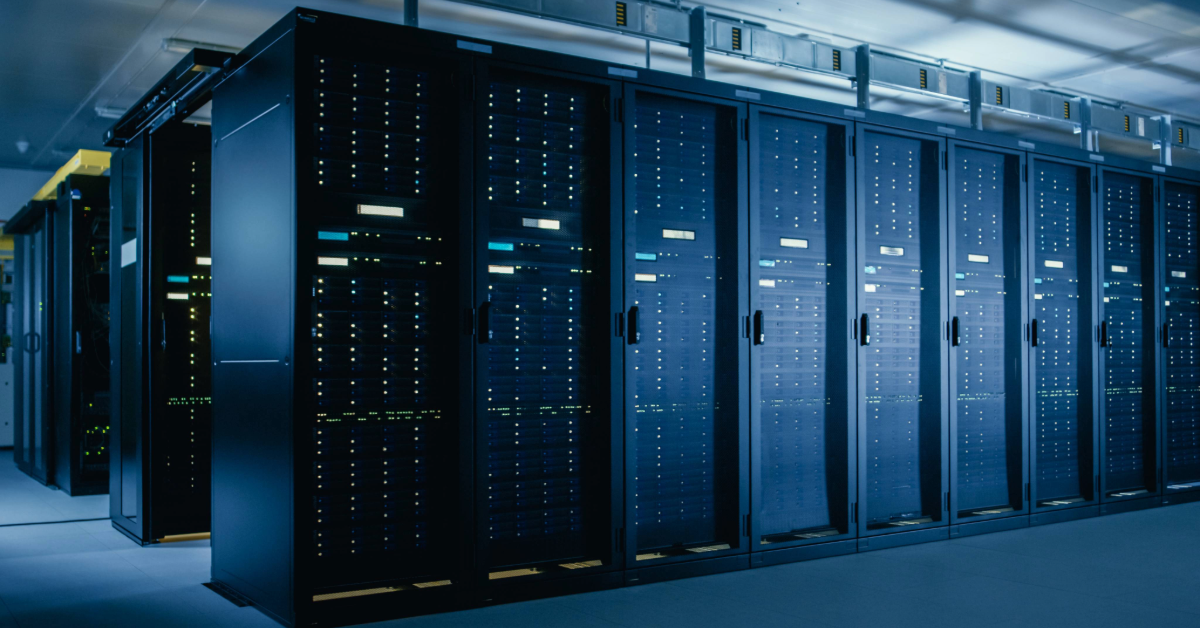Scaling Up - What You Can Do with Unlimited Compute
Scalability Trends When you think of the “cloud,” you may think first of a place for storing and sharing data. That is definitely a part of what it...
3 min read
 Team Energy Exemplar
:
March 12, 2024
Team Energy Exemplar
:
March 12, 2024

This blog is the first part in a series on cloud solutions and cloud security concerns - subscribe to our newsletter to be sure not to miss the rest of the series!
As the energy transition steams ahead, there is now more technology, more data, and more complexity than ever before. Along with the difficulty of navigating these changes, utilities and energy organizations are also challenged by an aging grid and legacy systems which are quickly becoming antiquated and inadequate.
As the energy landscape evolves, it’s become clear that technological advancements will play a pivotal role in enhancing efficiency, sustainability, and overall operational excellence moving into the future. One such transformative force that has been gaining momentum is cloud technology.
In this blog, we dive into the specific challenges faced by energy and utility organizations, and why these challenges are driving energy organizations to cloud technology.
New technologies, including solar, wind, storage, and behind-the-meter technologies, like rooftop solar, smart thermostats, and demand response programs, are creating huge quantities of data which utilities and energy organizations must collect and store. This new data also needs to be integrated into planning processes, meaning it must be incorporated into modeling and analyses.
At the same time, organizations have legacy, on-premise computing resources which are reaching their limitations. Traditionally, utilities’ data has been stored in disconnected, on-premise systems and databases. As these systems have aged, often, rather than been replaced, they have had features added on top of them over time. Ultimately, this makes for systems which are disconnected, complex, costly, and difficult to maintain. These legacy systems are quickly becoming antiquated and are simply not fit for purpose. In the current energy landscape, utilities and energy organizations will need to bring all their data together, to gain a holistic view and generate insights through advanced analytics. Existing systems are not up to this task, and on-premise computing resources cannot keep up with emerging demands.
Faced with these challenges, cloud solutions have emerged as the solution. Cloud solutions offer many capabilities which will be required for utilities and energy organizations to successfully navigate the future. These include:
As data and computing requirements grow, energy utilities and organizations are increasingly recognizing the need to harness the power of the cloud to address challenges, optimize operations, and prepare for the demands of the future. In the face of the multitude of challenges facing utilities and energy organizations, cloud solutions are quickly becoming critical for organizations who want to keep pace, and need to collect, store, and analyze huge quantities of data.
As mentioned above, energy utilities and organizations must be particularly mindful of cybersecurity. In our coming blogs, we will discuss why cyber and cloud security are especially crucial to energy organizations, the best cloud security practices, and the ins and outs of PLEXOS Cloud security. To ensure you do not miss the coming blogs, subscribe to our newsletter. Looking to learn more about Cloud ‘s role in the Energy Industry? Check out our recent blog Experts – Cloud Provides Cost, Security & Reliability Benefits to the Grid.

Scalability Trends When you think of the “cloud,” you may think first of a place for storing and sharing data. That is definitely a part of what it...

In our previous blog post, we explored how cloud-based modeling platforms such as PLEXOS Cloud are transforming the way utilities plan for and manage...

The energy industry is evolving rapidly as the demand for more, and more sustainable power grows. At the same time, utilities and energy...